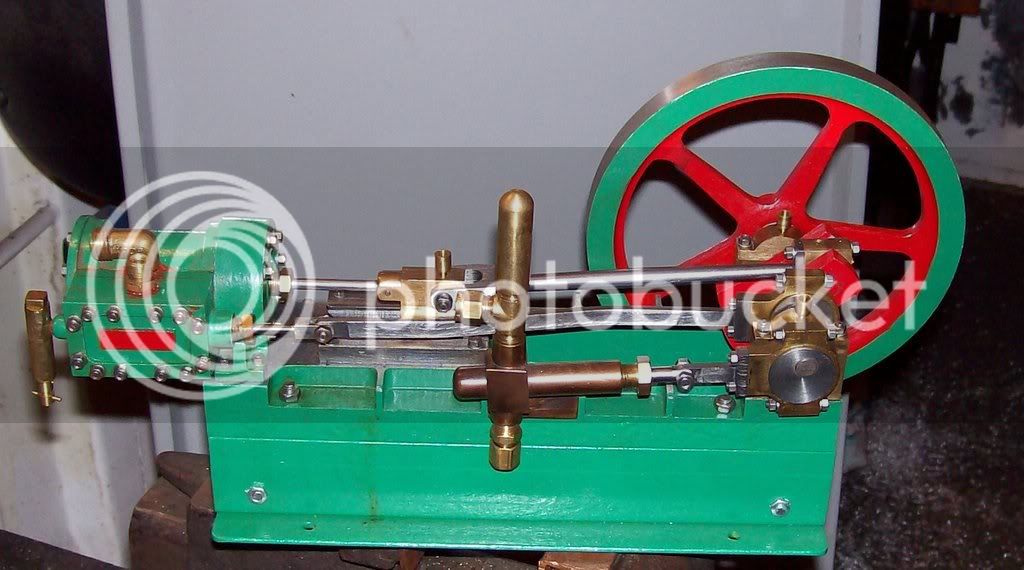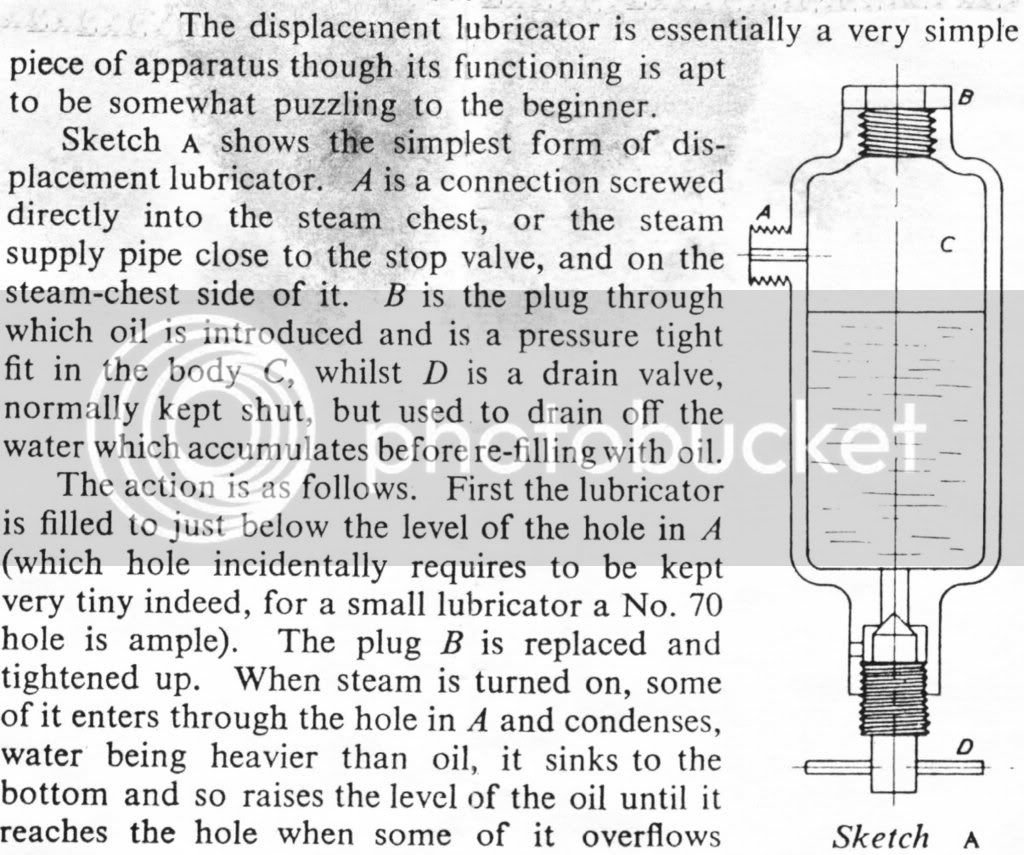L
LCT
Guest
What is normally used to seal the pistons? My design will actually allow the piston to rotate as well as move up and down. I'm worried about premature wear as much as I am about sealing the piston. Just to make matters worse, I'm hoping to not use oil because I wanna reuse my water.






